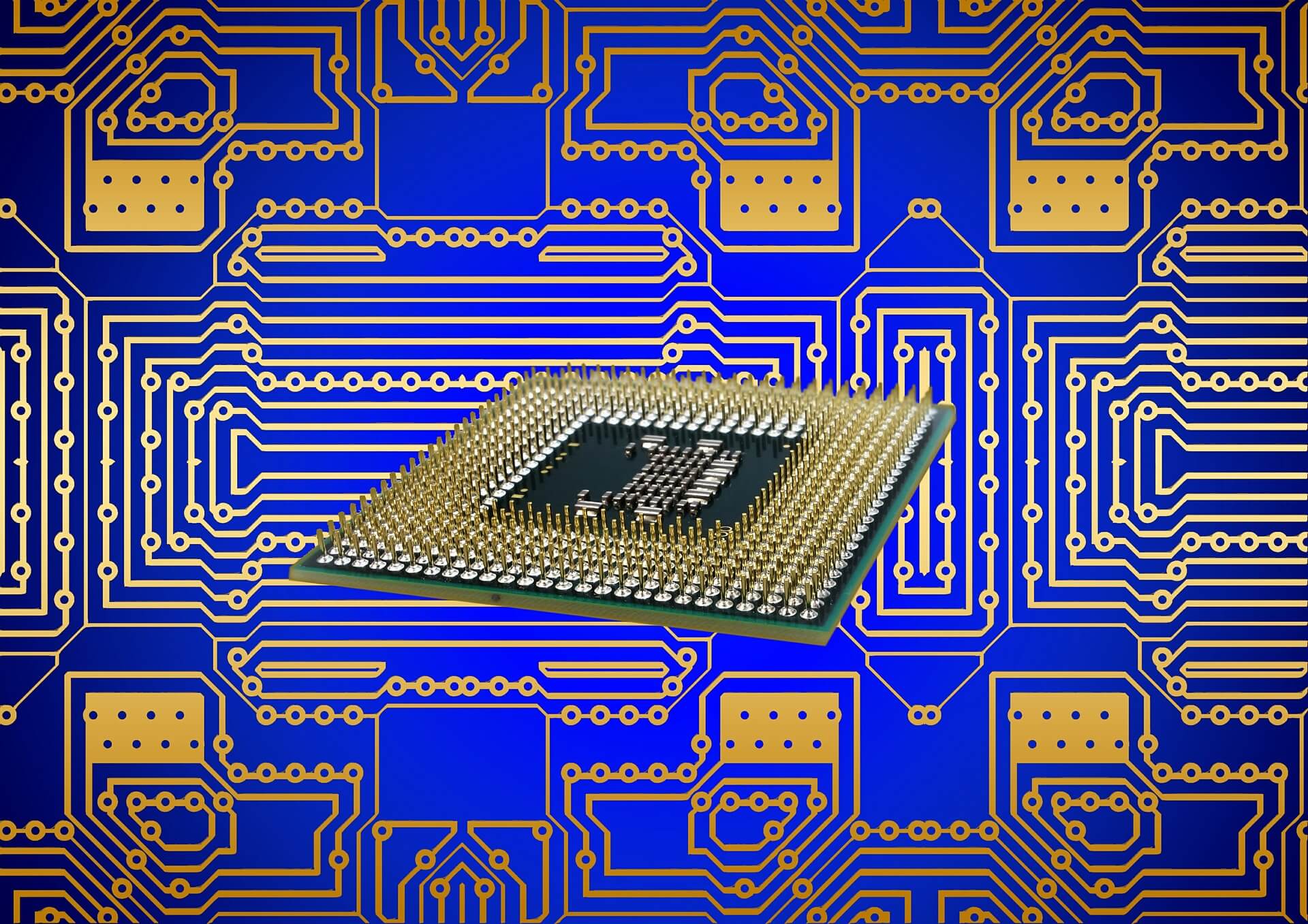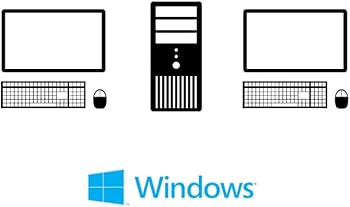Whether you are upgrading your system, troubleshooting, or just curious about your computer’s specifications, knowing what CPU is in your PC and its performance capabilities is crucial. The CPU, or Central Processing Unit, is often referred to as the brain of your computer. It performs most of the processing inside the system. Here’s a detailed guide on how to check what CPU you have, how fast it is, and how to check what GPU you have as well.
What CPU Do I Have?
To identify the CPU in your PC, you have several methods at your disposal, depending on the operating system you use. Here are the steps for Windows, macOS, and Linux users.
For Windows Users:
- Using System Information:
- Press
Windows + Rkeys to open the Run dialog box. - Type
msinfo32and press Enter. - In the System Information window, look for the “Processor” entry in the system summary. This entry will list the name and model of your CPU.
- Press
- Using Task Manager:
- Press
Ctrl + Shift + Escto open Task Manager. - Go to the “Performance” tab.
- Select “CPU” from the left-hand side. Here, you will see the name and details of your CPU.
- Press
- Using Settings:
- Open the Start menu and go to Settings (
Windows + I). - Navigate to System > About.
- Under “Device specifications,” you will find information about your processor.
- Open the Start menu and go to Settings (
For macOS Users:
- Using About This Mac:
- Click on the Apple menu in the top-left corner of your screen.
- Select “About This Mac.”
- In the Overview tab, you will see the details about your Mac, including the processor.
For Linux Users:
- Using Terminal:
- Open a Terminal window.
- Type
lscpuand press Enter. This command will display detailed information about your CPU. - Alternatively, you can type
cat /proc/cpuinfofor a more detailed readout.
How Fast Is My CPU?
Both personal computers have the same configuration:
Processor: AMD Phenom II x4 940
Motherboard: MSI 890FXA-GD70
RAM: 16GB DDR3
Video card: MSI GT710 + Biostar GT 710
SSD: 256 GB SATA
Operating system: Windows 10 Build 22H2 (Tiny 10 ISO used)
Understanding your CPU’s speed involves looking at its clock speed and the number of cores and threads it has.
Clock Speed:
The clock speed, measured in gigahertz (GHz), indicates how many cycles your CPU can perform per second. A higher clock speed means more operations can be performed in a given time.
Cores and Threads:
Modern CPUs have multiple cores, allowing them to perform multiple tasks simultaneously. Each core can handle one or more threads, which are the smallest unit of processing tasks. More cores and threads mean better multitasking and performance in multi-threaded applications.
Checking CPU Speed:
- Using Task Manager (Windows):
- Open Task Manager (
Ctrl + Shift + Esc). - Go to the “Performance” tab and select “CPU.”
- Here, you can see the base speed of your CPU and the current speed at which it is running.
- Open Task Manager (
- Using System Information (Windows):
- Open the System Information tool (
msinfo32). - Look for the “Processor” entry which will show the base clock speed.
- Open the System Information tool (
- Using About This Mac (macOS):
- Follow the same steps as checking the CPU.
- The Overview tab will also show the speed of your processor.
- Using Terminal (Linux):
- Use
lscpuorcat /proc/cpuinfoto see detailed information including the speed of each core.
- Use
What GPU Do I Have?
The GPU, or Graphics Processing Unit, is crucial for rendering images, videos, and animations. For gaming and graphic-intensive tasks, having a powerful GPU is essential.
For Windows Users:
- Using Device Manager:
- Press
Windows + Xand select “Device Manager.” - Expand the “Display adapters” section. Here, you will see the name of your GPU.
- Press
- Using Task Manager:
- Open Task Manager (
Ctrl + Shift + Esc). - Go to the “Performance” tab and select “GPU.”
- Open Task Manager (
- Using System Information:
- Open the System Information tool (
msinfo32). - Expand the “Components” section and select “Display.” Here, you will find information about your GPU.
- Open the System Information tool (
For macOS Users:
- Using About This Mac:
- Click on the Apple menu and select “About This Mac.”
- Go to the “Displays” tab to see details about your GPU.
For Linux Users:
- Using Terminal:
- Open a Terminal window.
- Type
lspci | grep VGAand press Enter. This command will list your GPU. - For more detailed information, use
sudo lshw -c video.
Why Knowing Your CPU and GPU Matters
- Performance Upgrades:
- Understanding your current CPU and GPU helps you decide if an upgrade is necessary. Upgrading these components can significantly boost your system’s performance, especially for gaming, video editing, and other intensive tasks.
- Troubleshooting:
- Knowing your hardware details aids in troubleshooting performance issues. For example, if your CPU is overheating or your GPU is not performing as expected, knowing the exact models helps in finding the right solutions.
- Software Requirements:
- Certain software applications have specific hardware requirements. Knowing your CPU and GPU specifications ensures compatibility and optimal performance.
- System Comparisons:
- When comparing systems, whether for purchasing a new PC or benchmarking, knowing the details of your CPU and GPU helps make informed decisions.
Conclusion
Checking what CPU and GPU you have in your PC, as well as understanding their performance capabilities, is a straightforward process. Whether you are using Windows, macOS, or Linux, there are built-in tools and commands to help you easily find this information. Knowing your hardware specifications is essential for upgrades, troubleshooting, and ensuring that your system meets the requirements for the software and tasks you need. By following the steps outlined in this guide, you can confidently identify and evaluate your CPU and GPU.



